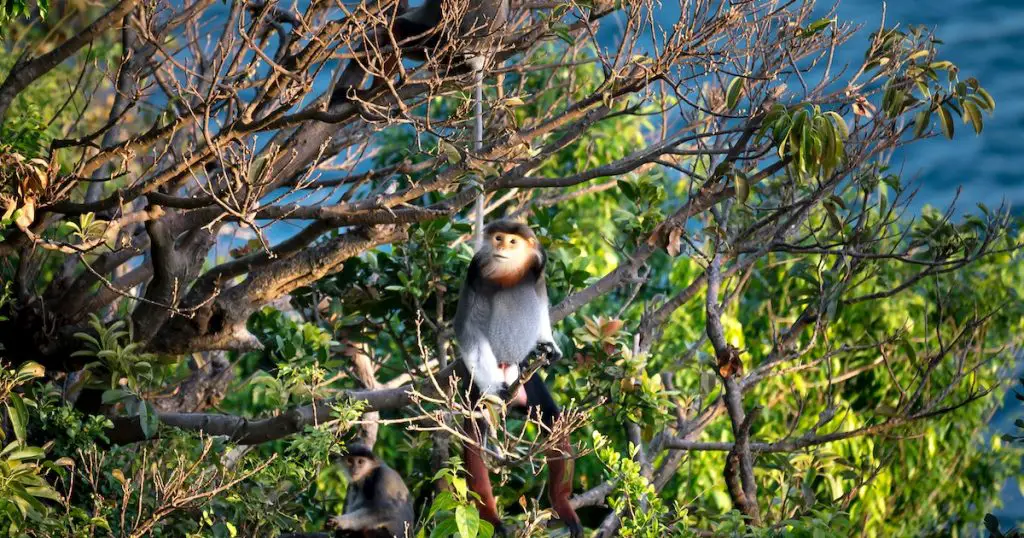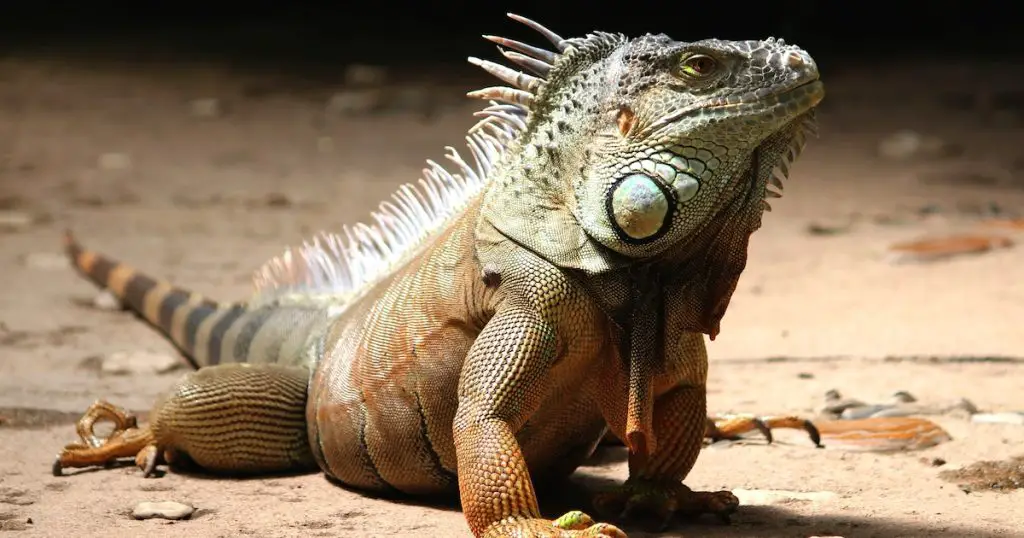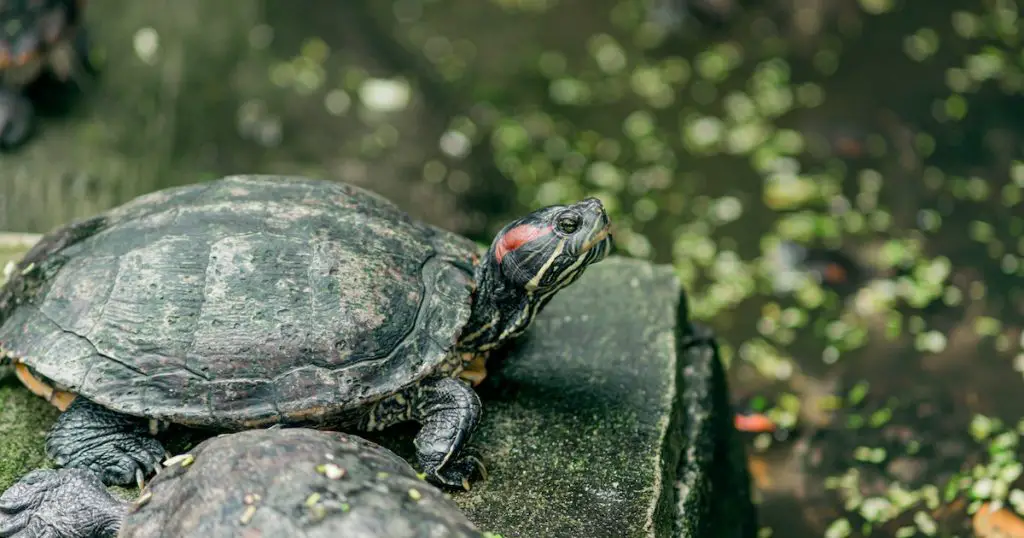In the heart of Arizona, Prescott stands as a testament to nature’s beauty and grandeur. But beneath its serene landscapes lies a formidable challenge: invasive species. Threatening the balance of Prescott’s natural ecosystems, these intruders demand attention.

Join us as we journey through the world of invasive species in Prescott, exploring their origins, impacts, and strategies to manage them.
Historical Context
The history of Prescott is rich, not just in culture and heritage, but also in its diverse ecosystems. These ecosystems have been evolving for centuries, with native species playing their roles perfectly in this intricate ecological ballet. However, history has also seen the arrival of uninvited guests.
As humans ventured forth in exploration, commerce, and settlement, many non-native species found their way into new territories. Prescott wasn’t spared from this global phenomenon.
While some non-native species integrated without much fanfare, others aggressively staked their claim. These invasive species, bolstered by the absence of natural predators or competitors, began to thrive, often at the expense of native counterparts.
The roots of invasive species in Prescott intertwine deeply with human history, and understanding this context is crucial for devising effective management strategies.
Common Invasive Species in Prescott
Prescott, with its distinct ecosystems, unfortunately, finds itself host to several invasive species. These unwelcome guests, ranging from plants like buffelgrass to creatures like the quagga mussel, have found a foothold in the area, often to the detriment of native species.
Their rapid proliferation can overshadow the indigenous flora and fauna, upsetting the natural balance and rhythm of the environment. As these invaders establish themselves, they underscore the need for heightened awareness and robust intervention strategies to protect Prescott’s native biodiversity.
Plants
Plants form the backbone of any ecosystem, offering a myriad of benefits from oxygen production to soil stabilization. In Prescott, the diverse flora not only beautifies the landscape but also supports a rich web of life.

However, the introduction of non-native plants can disrupt this balance, outcompeting natives and altering habitat structures. It’s a delicate dance of coexistence, where each plant, native or invasive, plays a part in shaping the environment.
The challenge lies in ensuring that this balance remains undisturbed, preserving the natural charm and functionality of Prescott’s vegetation.
Buffelgrass
From the savannahs of Africa to the landscapes of Arizona, Buffelgrass’s journey is a tale of ecological conquest. Its resilience to arid conditions has made it a formidable opponent to native plants in Prescott.
The challenge is two-fold: not only does it outcompete native flora, but its presence amplifies fire risks, turning serene landscapes into potential tinderboxes.
Russian thistle
Most would recognize it as the iconic tumbleweed from countless Westerns. Yet, its impact on Prescott’s ecosystems is far from cinematic.
As it rolls, it spreads seeds, overshadowing native species in the process. Its ability to consume vast resources means that wherever it roams, ecological disruption follows.
Saltcedar
Found primarily around water bodies, the Saltcedar presents a unique challenge. Its voracious thirst often outcompetes native species for water resources.
This not only threatens local flora but also disrupts the delicate balance of aquatic habitats. Beyond its impact on plants, the cascading effect on water-dependent fauna cannot be understated.
Impact of Invasive Species
When discussing invasive species, it’s essential to understand that their influence extends far beyond mere numbers.
Their presence can reshape entire ecosystems, with consequences that ripple through both ecological and human communities.
Ecological Consequences:
The aggressive nature of many invasive species often leaves native flora and fauna with diminished resources. This competition can lead to reduced biodiversity, with some native species facing extinction. The domino effect on the food chain, in turn, impacts everything from tiny insects to apex predators.
Beyond competition for resources, some invasive species can modify the very habitats they invade. By changing soil compositions, water availability, or light access, they create environments where native species struggle to thrive.
This not only affects current inhabitants but also dictates which species can survive there in the future.
Economic Implications
The onslaught of invasive species in Prescott doesn’t merely ripple through ecosystems; it has palpable economic repercussions too. Local agriculture faces diminished yields due to invasive pests and plants, translating to lost profits for farmers.
Additionally, significant funds are channeled into research, control, and eradication measures. Thus, the economic strain is twofold: lost potential revenue and increased expenditure. As these invaders challenge Prescott’s ecological harmony, they simultaneously test its economic resilience.
Impact on Local Agriculture
Prescott, with its unique climate and topography, supports diverse agricultural activities. Invasive pests and plants can dramatically affect crop yields. For instance, an invasive insect might decimate an entire season’s produce, leaving farmers with losses that are hard to recoup.

Furthermore, these challenges often lead to increased spending on pesticides and other preventive measures. The US Department of Agriculture provides resources and insights on how local farmers can combat these threats.
Cost of Management and Control
It’s not just about lost profits; it’s also about the money spent trying to regain ecological balance. Efforts to control and eradicate invasive species can be expensive. This includes everything from research to understanding the best eradication methods to manpower for physically removing these species.
Local governments and organizations often bear the brunt of these costs, which can strain budgets and divert funds from other crucial projects.
Methods of Invasive Species Management
Addressing the challenge of invasive species in Prescott requires a multifaceted approach. From proactive measures like public education and stringent regulations to reactive strategies such as physical removal or biological control, the arsenal is diverse.
Each method is tailored to the unique demands of the species in question and the ecosystems they threaten. By harmonizing preventive and reactive solutions, Prescott aims to not only curb the spread of these invaders but also restore the balance of its treasured ecosystems.
Prevention:
One of the most potent weapons against invasive species is knowledge. When local communities are informed about the threats and can identify potential invaders, they can take steps to prevent their spread. Workshops, community gatherings, and educational programs, supported by entities like the National Wildlife Federation, play a crucial role in this domain.
Enforcing stringent regulations can curb the introduction of potential invasive species. This includes monitoring trade routes, inspecting goods, and even restricting the sale of certain plants and animals. With a regulatory framework in place, many invasive species can be stopped even before they pose a threat.
Reactive Measures
Sometimes, the best way to deal with an invasive species is the old-fashioned way – physically removing it. This can be labor-intensive but is often the most effective method, especially when dealing with plant invaders.
Introducing natural predators or competitors can help control invasive species populations. However, this method requires thorough research to ensure that the ‘solution’ doesn’t become the next problem.
Community Involvement in Management
In the heart of Prescott’s fight against invasive species, community involvement stands as a beacon of hope. Local residents, driven by passion and a sense of stewardship, play a pivotal role in both understanding and combating these ecological intruders.
Through grassroots initiatives, educational programs, and hands-on removal efforts, the community of Prescott exemplifies the power of collective action. Their commitment showcases that while invasive species might be a global challenge, local involvement is key to crafting effective, sustainable solutions.
Volunteer Programs
Across Prescott, numerous volunteer groups dedicate time and effort toward invasive species removal.
These community-driven endeavors not only help manage the problem but also foster a sense of unity and purpose.
Educational Outreach
Local schools and colleges often integrate invasive species studies into their curriculum, empowering the next generation with the knowledge to make a difference.
Collaborative projects, field visits, and interactive sessions bring the issue to the forefront, making it a community-wide mission.
Future Outlook and Predictions

As we stand on the cusp of ecological challenges, it’s essential to gaze forward and predict future scenarios. With changing climate patterns and ever-increasing human mobility, the dynamics of invasive species introductions and proliferation might evolve.
Experts predict that certain species, currently not considered invasive, might pose threats in the future due to changing environmental conditions. Continuous research, adaptive strategies, and community preparedness will be paramount in navigating these uncertain waters.
FAQ:
In this section, we will be delving into some of the most common inquiries and curiosities that surround our topic.
What are invasive species?
Invasive species are non-native organisms that, when introduced to a new environment, can cause harm to the local ecosystem, economy, or even human health.
How do invasive species reach new places?
They can be transported intentionally by humans, or unintentionally through goods, vehicles, boats, or even by attaching themselves to animals.
Why are invasive species a problem in Prescott?
They can outcompete native species, disrupt natural processes, and lead to reduced biodiversity. Moreover, they can have economic implications affecting agriculture and costing significant amounts in management.
How can I help in managing invasive species?
Educate yourself, participate in local volunteer programs, and be cautious when introducing new plants or animals to the environment.
Conclusion
Prescott’s battle with invasive species is emblematic of a global challenge. But with knowledge, community involvement, and proactive strategies, there’s hope for preserving the delicate balance of its cherished ecosystems.
As stewards of this land, it’s upon us to ensure that Prescott’s natural beauty remains unmarred for generations to come. Together, we can make a difference.



Leave a Comment
You must be logged in to post a comment.